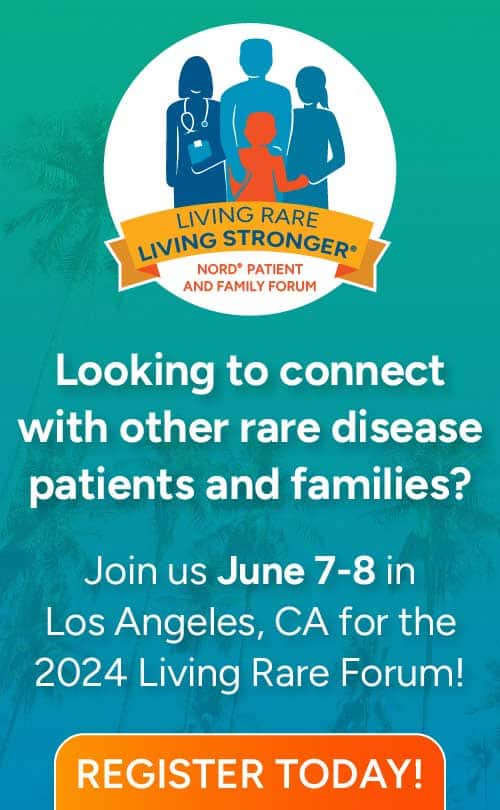3-D printing is an exciting technology that has shown great promise in the treatment of several rare disorders. Bioprinting is a form of 3-D printing in which cells are printed or deposited on a surface layer by layer in order to produce a full organ. Lab-built organs have been shown to function well in patients, and engineered airways, bladders, blood vessels and urine tubes have been successfully implanted. An airway splint printed from biomaterials and without cells was used to save the life of an infant with tracheobronchomalacia, a rare condition where the tracheal (windpipe) cartilage is soft. The FDA approved the use of the device under the emergency-use exemption and the case report was described in the New England Journal of Medicine.
Recently, Dutch surgeons implanted a bioprinted skull in a woman with a rare life-threatening condition that causes skull bone to thicken. She had been experiencing progressive vision changes and lack of motor control due to increasing pressure on her brain, but her symptoms have resolved since the surgery. Girls with Mayer-Rokitansky-Küster-Hauser syndrome, a rare genetic condition in which the vagina and uterus are underdeveloped or absent, have also been treated with bioengineered organs. Vaginas from the patients’ own cells were grown and implanted surgically and up to eight years later, the organs had normal function. More.
3-D printers are also being used to print miniature organs that could be used for drug testing. Research is ongoing to print tiny hearts, lungs, blood vessels and livers onto “chips” that can be connected with a blood substitute and used to model the human response to drugs. This technology has the potential to speed drug development because it could potentially replace animal testing that is slow, expensive, and not always representative of the human experience.
Assuring that a bioengineered organ will function like the real thing is a complicated process. Scientists must determine what types of cells to use, how to expand them in the lab, how to keep them alive, and what biomaterials are most appropriate. In order to function, printed structures must be supplied with oxygen while they integrate into the body. These challenges fall within the realm of regenerative medicine which has been described as “science based on use of the body’s ability to heal itself”.
The NIH Center for Regenerative Medicine (CRM) was recently reported to be closed in order to reassess priorities and a workshop is planned in May to discuss what to do with the program and its remaining budget. A partnership with the NIH National Center for Advancing Translational Sciences (NCATS) is anticipated and an implementation plan for NCATS-CRM activities will be announced this summer. Continued research in regenerative medicine and the fields that comprise it, such as nanotechnology, pharmacology, genetics, biomaterials, and cell biology, are vital to the process of growing replacement tissues and organs in the lab. The question at hand is will we be able to continue to count on the federal government to fund this research, or must we look to the private sector to play a larger role?



